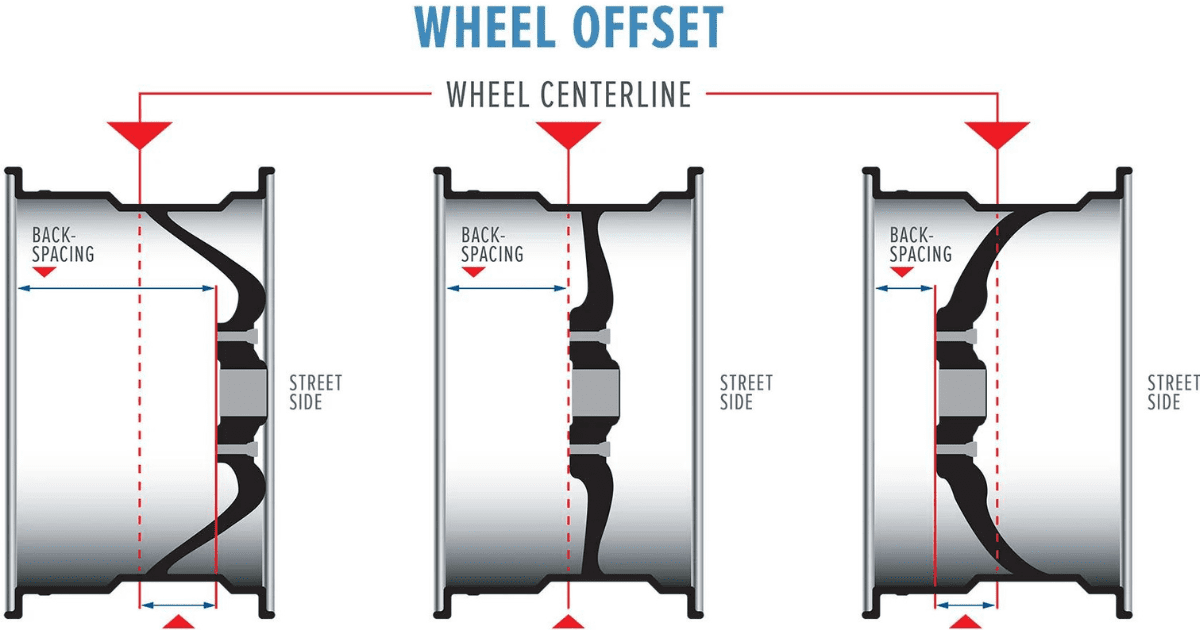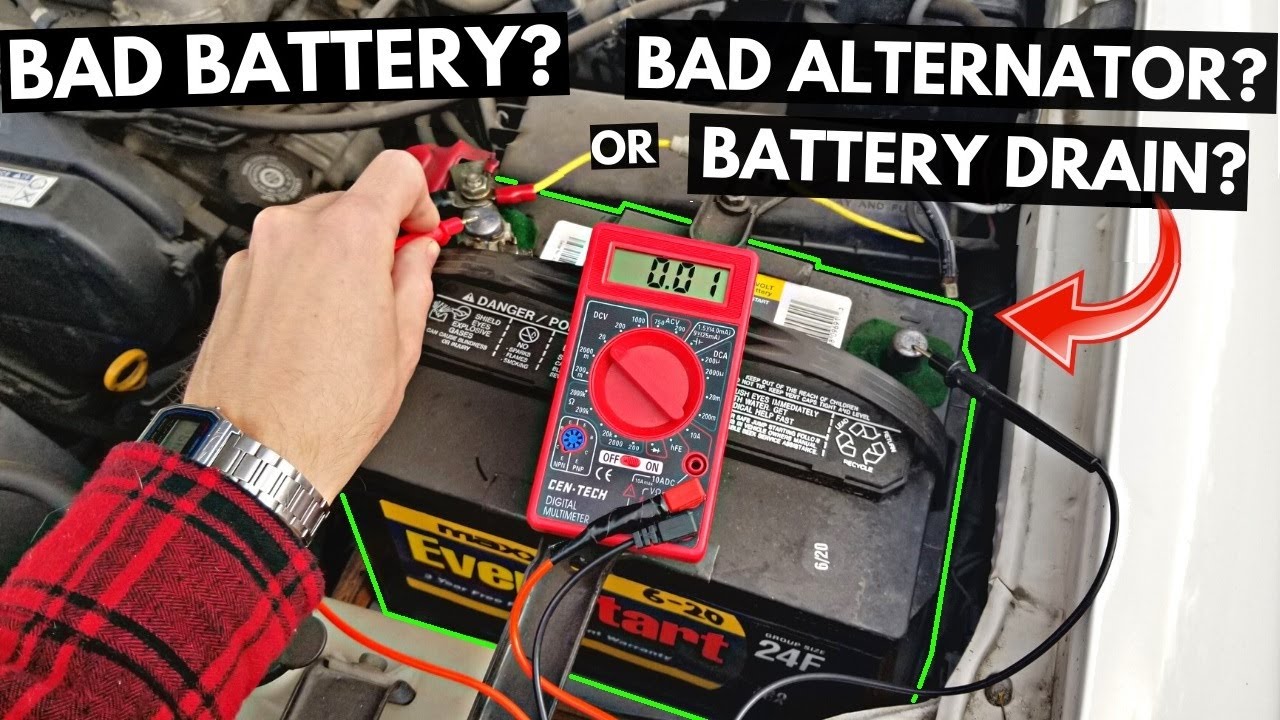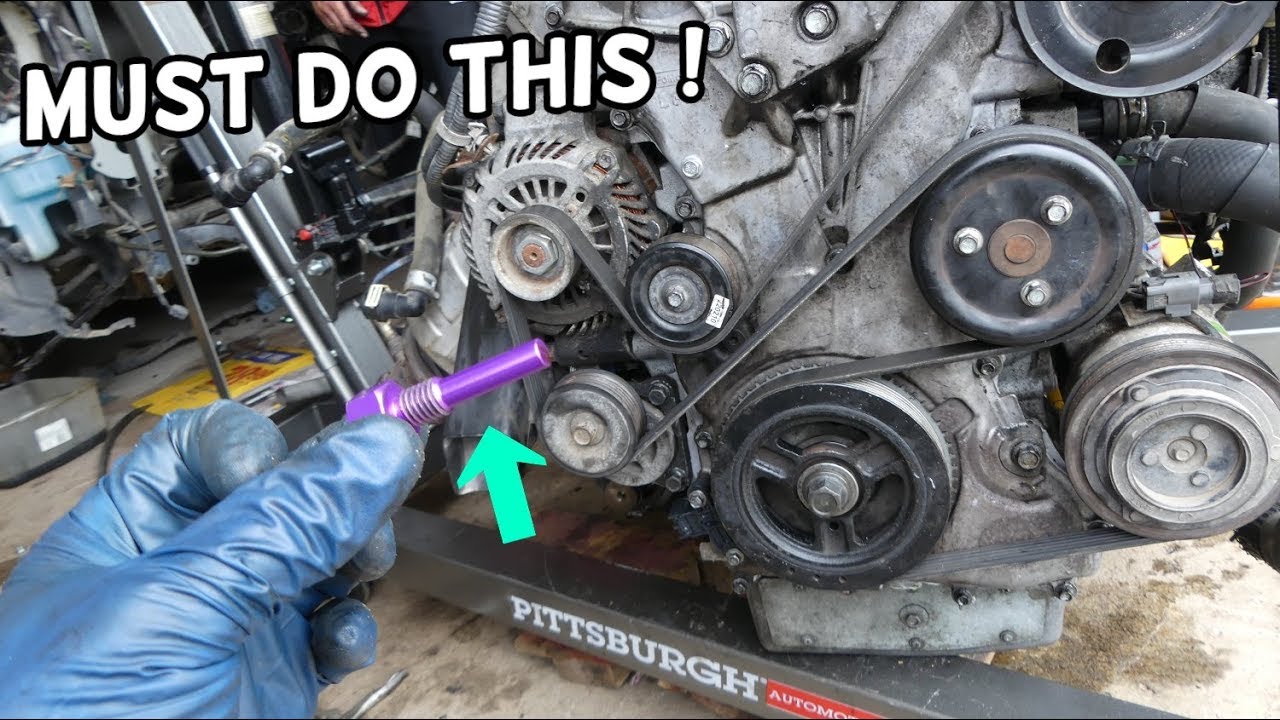It is crucial to maintain your vehicle regularly. The total performance of your car is dependent on how often you have it serviced. Changing the motor oil regularly can make a big impact and save money on engine repairs that aren’t necessary.
How to unseized an engine
There may be a way to unseeze your engine, no matter what the cause may be. Rebuilding or replacing the engine can be necessary in severe instances. If your engine becomes stuck after sitting for a long time or because there isn’t enough oil, you might be wondering what to do.
1. Confirm if the engine is seized
You should check to see whether the engine is indeed locked up before proceeding. Take out the spark plugs and use a big wrench and socket to spin the engine of a little car.

You can tell the engine is stuck if you can’t turn it by hand. To test whether a large car engine will turn while you’re working on it, try using a breaker bar. Here is how you can tell whether your engine has been seized.
2. Unseizing a locked engine from sitting
Obtaining a top-tier penetrating oil for seized engines is essential in the event that the vehicle’s engine becomes jammed due to prolonged sitting. If your vehicle has been lying in the rain for an extended period of time, the water may have gotten into the engine oil and gummed the piston rings to the cylinder walls. In this case, a high-quality penetrating oil will work wonders.
Search for an effective penetrating oil. Pick P’Blaster if you’re undecided. Use the spark plug holes to spray a substantial amount of oil into each cylinder. Make sure you’re wearing protective gear, particularly eye goggles, to avoid getting oil in your eyes.
The truth is that you need to be patient and put in some time here. For a duration of two weeks, apply the penetrating oil either daily or every other day. Injecting penetrating oil requires careful tapping of the pistons with a tapping hammer and a long screwdriver. If the pistons are stuck to the cylinder walls due to rust, this will assist loosen them.
When you apply the penetrating oil to the engine, try to turn the pulley every time. After two weeks, if the engine is still stuck, try again in a week or two. At this point, you ought to be able to turn the engine. On the other hand, a mechanic should look at it seriously if it remains locked.
3. Unseizing a locked engine caused by water in the engine
One typical cause of engine seizures is water in the engine. Both the air intake and a burst head gasket are potential entry points for water into your engine, as mentioned before.
You might not have caused any harm if your engine stopped while driving in floodwaters and you didn’t crank it over and over. Eliminating the water from the engine is the only task at hand.
How to accomplish this task:
- Get the car to a safe area by rolling it or pulling it to a repair shop.
- Gather your equipment and take out the intake and exhaust manifolds as well as the spark plugs.
- To test whether the engine pulley will turn, try turning it by hand. Assuming it is undamaged, the engine will spin when you apply pressure.
Water will be expelled from the engine’s cylinder head in two directions: intake and exhaust. If you see water dripping from the engine’s intakes and exhaust, you should keep spinning the engine until it begins to turn freely. Then, in the exact opposite order, restore all of the previously deleted components.
Now is the time for the engine to start. It may be tough to turn the engine if you wait a few weeks to remove the water after it has been there. I brought this up since it’s possible that the reciprocating engine parts got rusty due to the water. There is yet a chance, though.
Pouring transmission fluid into the plug hole will unseized the engine. Make sure to let the fluid soak overnight after pouring it into all of the plug holes. Hopefully, the engine will start the next day.
I know what you’re thinking: what if the head gasket bursts and water gets into the engine? Is it possible that a distorted or faulty component is to blame? What if the engine stops running because the oil isn’t getting where it needs to go? Engine overhauling is the only solution to all these difficulties.

3. Overhauling the engine
In the event that water seeps into the engine through a burst head gasket, or if the engine seizes as a result of a damaged component or inadequate oil circulation, an overhaul is necessary. To find and replace damaged, deformed, or burned parts, it is necessary to disassemble the entire engine.
Only seasoned mechanics should attempt to overhaul an engine. Thus, you should get in touch with your mechanic. One of the costliest automotive repairs, unfortunately. Hundreds, if not thousands, of dollars in repair expenses will be left unpaid.
How to Prevent the Engine from Seized
Preventing problems is always preferable to fixing them. Stick to the manufacturer-recommended maintenance schedule to keep your engine from seizing. Keep an ear out for the engine noises and dashboard lights. Additional issues won’t arise if you replace a faulty oil pump as soon as you see it.
It won’t do major damage either if you keep an ear to the ground for any strange noises coming from your engine and get to them quickly. If you notice any weird sounds or lights on the dashboard, it’s important to get in touch with your mechanic immediately. If they are aware of what to do, they can stop the problem from getting worse.
Conclusion
Several factors can cause engines to seize. Depending on the source, there are multiple methods to free it. Several methods for unseized engine removal and probable causes have been detailed in this article.
You might attempt a do-it-yourself repair if the engine locks up while driving in a flood or after sitting for a long time. However, a licensed mechanic should be contacted to assess and resolve the issue if it is caused by insufficient or incorrect oil circulation.




